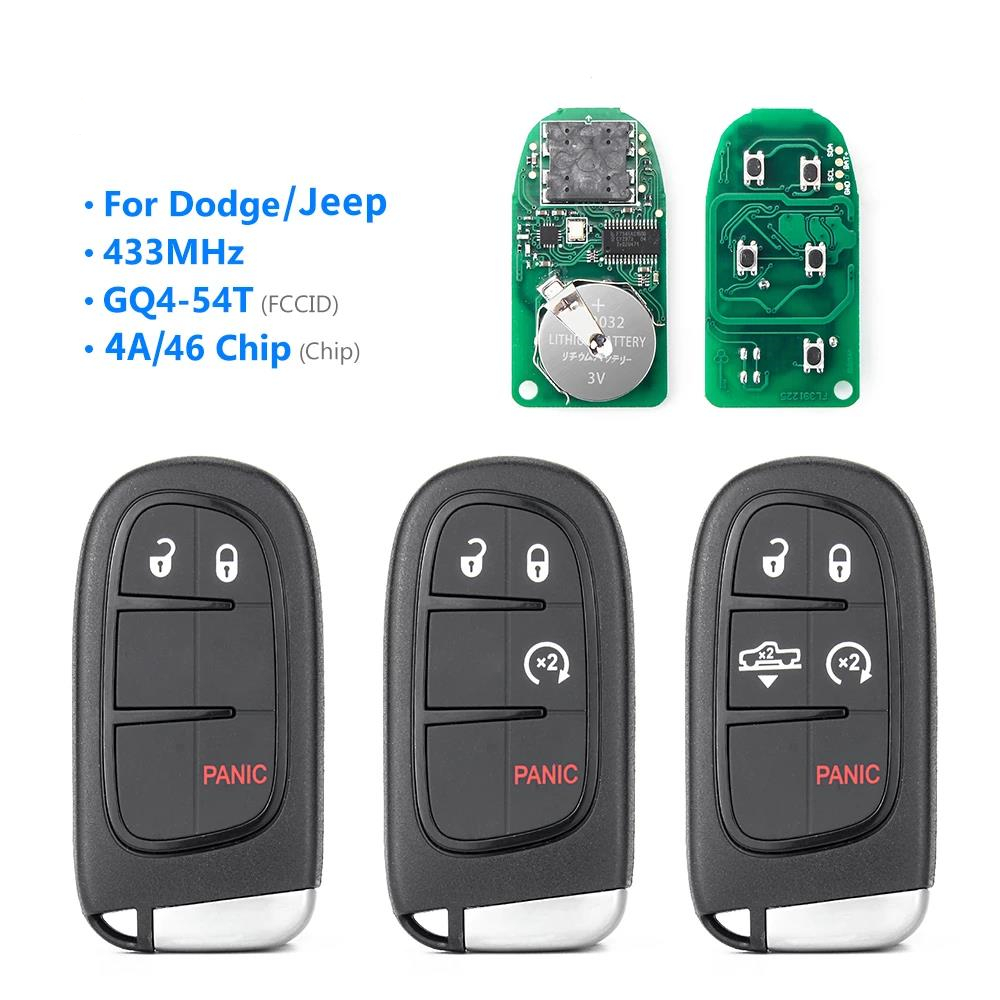Losing or damaging your car key can be a stressful experience, especially with modern vehicles that often rely on advanced key systems like transponder keys, key fobs, or smart keys. Fortunately, it’s possible to program a replacement key to work with your vehicle. The process, however, depends on the type of key, the vehicle make and model, and whether you’re handling it yourself or using professional services. Here’s an in-depth look at the process of programming a replacement key for modern vehicles.

Types of Modern Vehicle Keys
Before diving into the programming process, it’s essential to understand the types of keys used in modern vehicles:Transponder Keys: These keys have a chip embedded in the head that communicates with the vehicle's immobilizer system. Without proper programming, the car will not start.
Key Fobs: These are electronic devices that allow keyless entry and, in some cases, keyless ignition.
Smart Keys: These advanced keys use proximity sensors to unlock and start the vehicle without inserting a key into the ignition.
Switchblade Keys: A combination of a mechanical key and a key fob that folds into a compact design.
Each type requires specific programming steps to ensure it works seamlessly with the vehicle.
Steps for Programming a Replacement Key
The programming process typically involves pairing the new key with the vehicle’s onboard computer. Below are the general steps:
1. Obtain the Right Key or Fob
Purchase a replacement key or fob compatible with your vehicle’s make, model, and year.
This can be done through a dealership, an automotive locksmith, or third-party vendors. Ensure the replacement is a genuine part or an approved aftermarket product to avoid compatibility issues.
2. Gather Necessary Tools and Information
Tools Needed: Depending on the process, you may need the vehicle owner’s manual, your existing key (if available), and a diagnostic tool or programming device for advanced keys.
Vehicle-Specific Information: Have access to the vehicle's identification number (VIN) and proof of ownership. For security reasons, most dealerships or locksmiths will not program a key without verifying ownership.
3. Programming a Transponder Key
If your car uses a transponder key, follow these steps (note: specifics vary by make and model):
Insert an Existing Key (If Available):
Remove the Original Key:
Insert the Replacement Key:
Test the Key:
Note: Some vehicles require specialized diagnostic tools to complete this process. In such cases, you’ll need assistance from a locksmith or dealership.
4. Programming a Key Fob
For vehicles with keyless entry systems:
Enter Programming Mode:
Sit in the vehicle with all doors closed.
Insert the existing key (or the replacement, if no key is available) into the ignition and turn it to the "On" position.
Follow Vehicle-Specific Instructions:
Press and hold specific buttons on the key fob (e.g., the "Lock" and "Unlock" buttons) for a few seconds.
Some vehicles may require pressing a button on the dashboard or cycling the ignition a certain number of times.
Pair the Fob:
Once in programming mode, press the button on the key fob to pair it with the vehicle.
The car’s system should confirm pairing with a sound or light flash.
Exit Programming Mode:
5. Programming a Smart Key
Programming a smart key is typically more complex and often requires professional equipment. The general steps include:
Connect a Diagnostic Tool:
Erase Existing Keys (Optional):
Pair the Key:
Follow the prompts on the diagnostic tool to pair the new smart key with the vehicle.
The process usually involves holding the smart key near a specific area (e.g., the start button or steering column) while the system recognizes it.
Test the Key:
Test all functions, including proximity unlocking, starting the vehicle, and remote buttons, to ensure proper programming.
Professional Programming vs. DIY
Professional Programming
Dealerships: Dealerships have specialized tools and access to the car’s manufacturer-specific systems. While reliable, their services are often the most expensive.
Automotive Locksmiths: Locksmiths are often more affordable and mobile, providing on-site services for convenience.
DIY Programming
Some vehicles allow owners to program a replacement key themselves using the steps outlined in the owner’s manual.
DIY programming is generally only an option for older transponder systems or basic key fobs. Advanced keys, like smart keys, typically require professional assistance.
Factors That Affect Key Programming
Vehicle Make and Model: Luxury or newer vehicles often have more complex systems requiring advanced tools.
Availability of Existing Keys: If no existing keys are available, the process may involve resetting the car’s computer, which requires professional equipment.
Security Features: Modern vehicles with advanced security systems may require authentication from the manufacturer to program a replacement key.
Conclusion
Programming a replacement key for modern vehicles is a critical process that ensures seamless functionality and security. While some keys, like transponder keys and basic fobs, can be programmed with simple steps, advanced smart keys often require specialized tools and professional assistance. Whether you opt for DIY programming or enlist professional help, ensuring compatibility with your vehicle and following the correct steps is essential for success. Having a spare key programmed in advance is always a wise precaution, saving you time and stress in case of emergencies.

 Englishen
Englishen











 No.991 Xingxiu Road,Taiwanese Investment Zone, Quanzhou, Fujian Province,P.R.China
No.991 Xingxiu Road,Taiwanese Investment Zone, Quanzhou, Fujian Province,P.R.China +86 13960286508
+86 13960286508
 3D Reality Showroom
3D Reality Showroom
